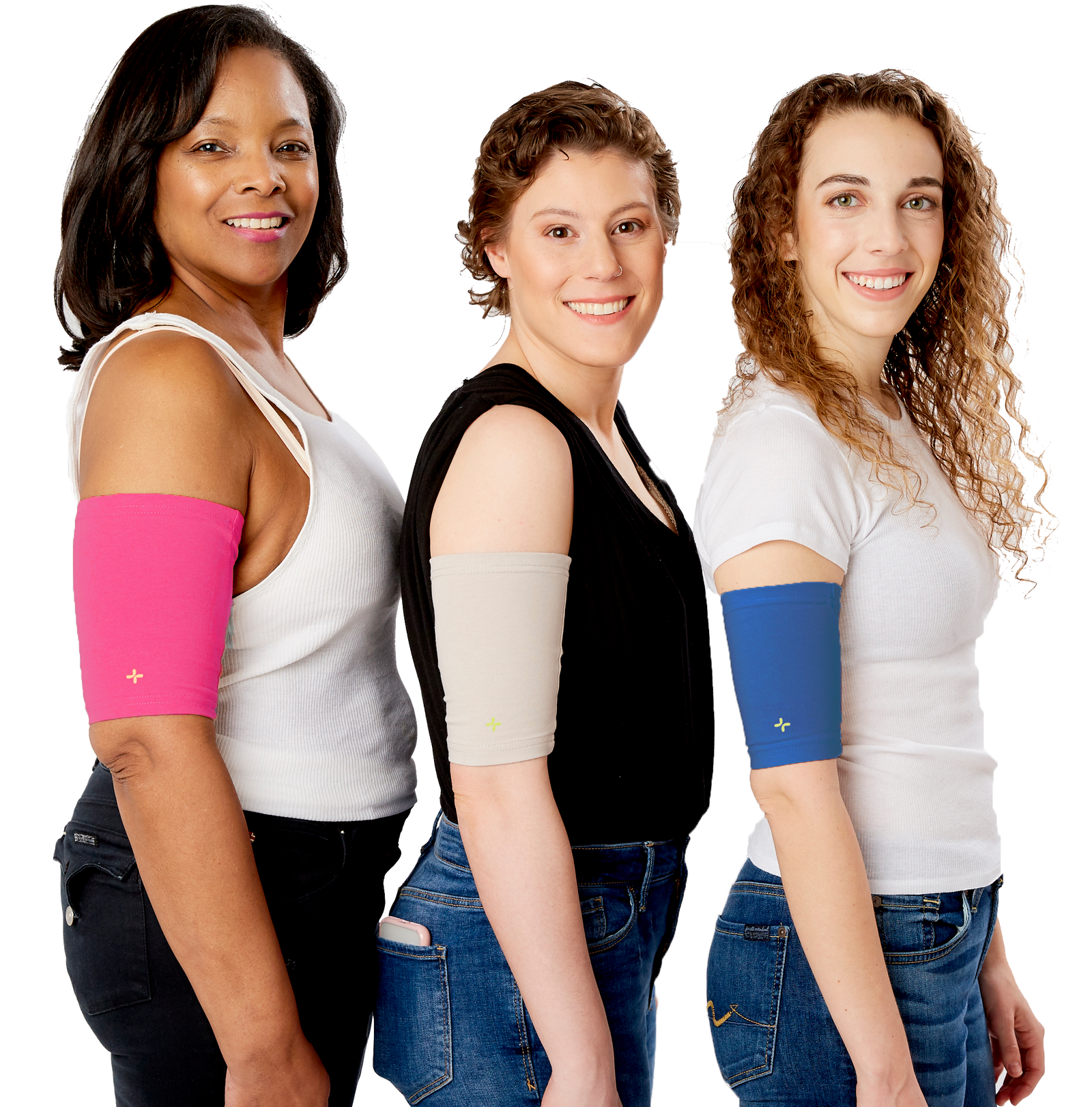How to Shower with a Cast: Best Methods for Keeping it Dry
If you are wearing an arm cast after a surgery, keeping your cast dry is crucial for proper healing; however, this might mean everyday tasks such as showering can become difficult. With proper precaution and equipment, it is possible to effectively keep your cast dry when you are in the shower. Continue reading to find out more about how to protect your cast from the water.

What Is A Cast?
A cast is a strong covering that is used to cover your arm and protect your broken bone and allow it to repair. It is made of two kinds of material – plaster and fiberglass. There is also a cast liner next to the skin made of cotton. Traditionally, plaster casts were made of dry muslin, creating a hard case that protects your broken bone. The modern day approach casts are made of fiberglass which are more lightweight and durable than traditional plaster casts.
What happens if you get your cast wet
It is important to keep your cast dry and clean. A wet cast could trap moisture inside, which could lead to a potential infection possibly requiring surgery to repair the infected area. Additionally, a wet cast can become moldy and smell, which you want to avoid.

Using a Waterproof Cast Cover
Investing in a Full Arm Cast shower cover is the best way to protect your cast and keep it dry during your showers. There are multiple options online for waterproof cast covers that keep water out and are non-slip. The Care+Wear Full Arm Shower Cover is made of soft and stretchy silicone, with an elastic non-slip opening. The shower cover can also be used to protect a PICC line insertion site, wound protector, or bandage protector. Although this option is more of an investment, it is the most secure and timely option when taking care of your cast in the shower.
Alternative DIY solutions:

Plastic Bags
Plastic bags can be wrapped around the cast and secured with a rubber band to try to keep the cast dry. Unfortunately, water can still get in through small holes and plastic bags are not always the most sanitary option. They are definitely not recommended when it comes to keeping your cast dry in the shower. Plus, plastic bags alone cannot guarantee a complete seal.

Cling wrap
Cling wrap is a more sanitary option when compared to plastic bags, but there are high risks if you are using it to keep your cast dry. There is a high possibility water can slip in through any openings that you may not be aware of. Although this is one of the easiest options since cling wraps are easily found in most homes, it is not safe and may lead to infection.

Combination
Some people like to do a combination of plastic bag and cling wrap, this offers the most security of the DIY methods since there are multiple layers but it is the most time consuming and still, there can be small and unnoticed openings for water to go in and negatively affect your site.
No Protection
Many people think simply keeping your arm outside of the tub can keep your cast dry. This is not recommended since it is not as simple as it sounds. Water can easily seep, drip, or splash into your cast. Having your cast exposed while you are taking a bath is dangerous, especially because this means you have no protection on your site.
Final Thoughts on How to Keep Your Cast Dry in the Shower
Keeping your cast dry can seem daunting, but with proper equipment like a waterproof cast cover, you will be protected from infection and irritation. Taking care of your cast will help you heal quicker. As soon as you know it, it will be time to take off your










Leave a comment (all fields required)